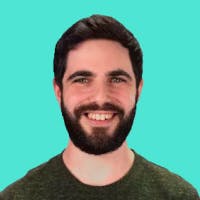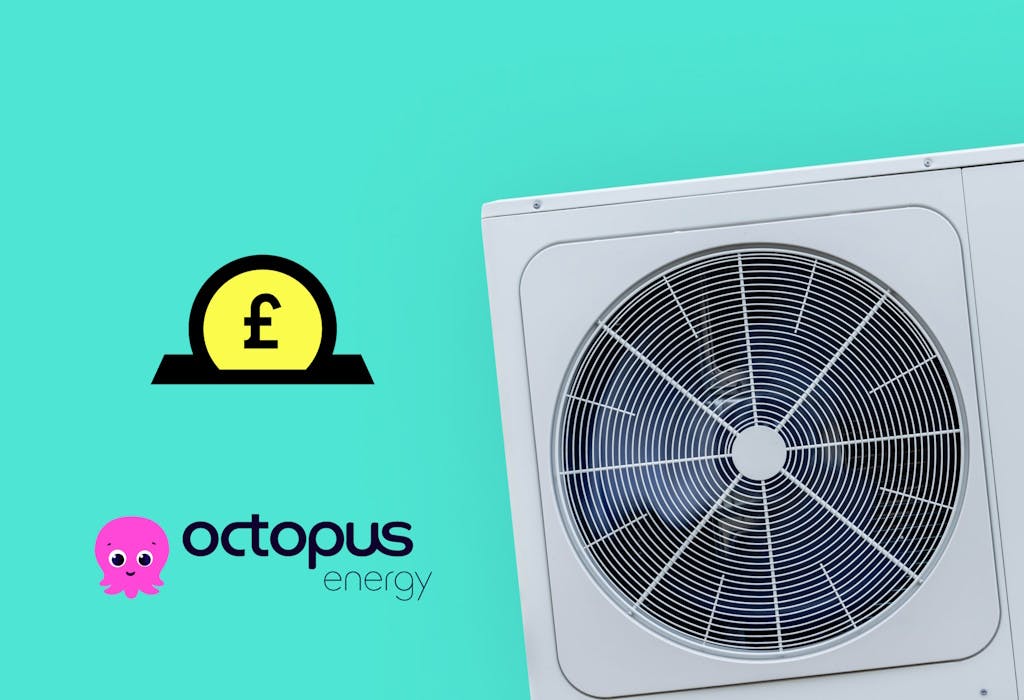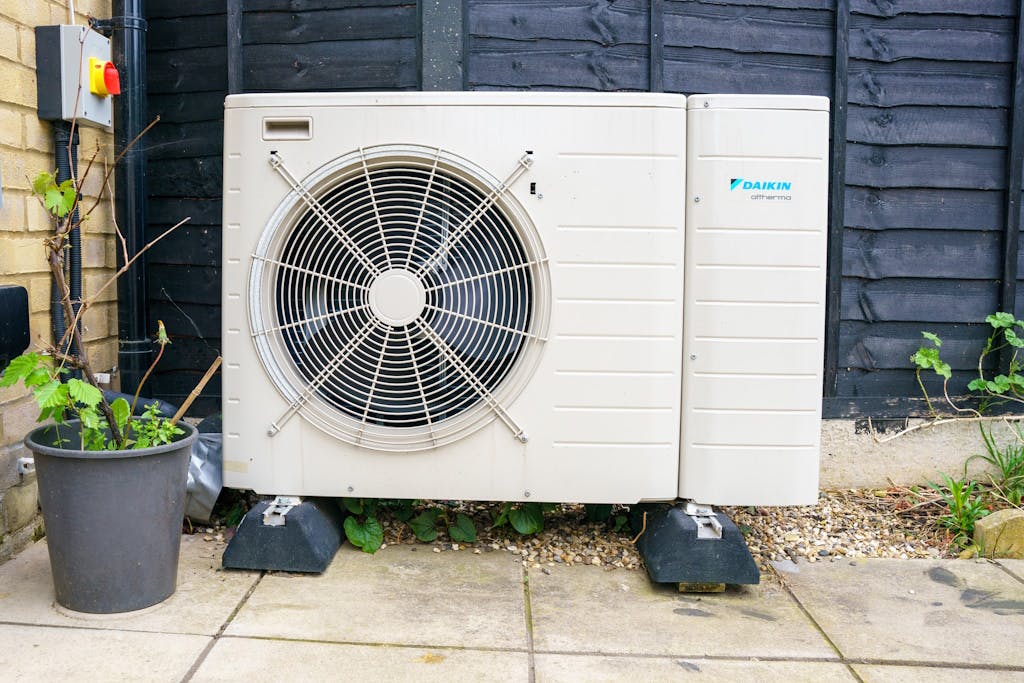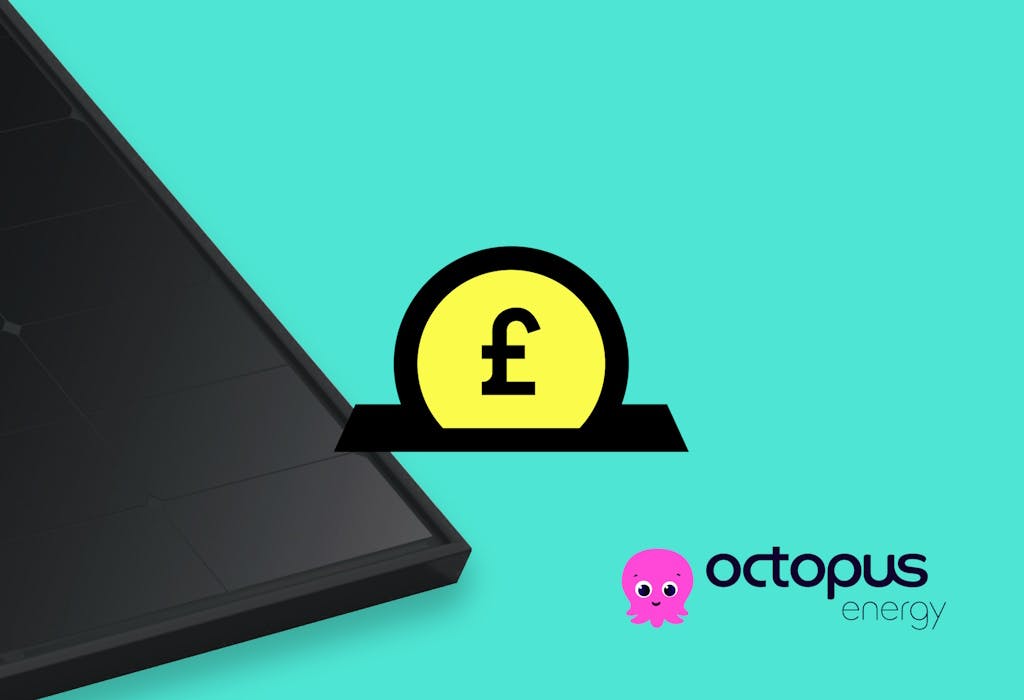- Solar advice hub
- Exporting-to-the-grid
- Cosy Octopus: explained
Cosy Octopus: explained
This is how Cosy Octopus works with your heat pump, how much you can save, and whether it’s your best choice.


Why you can trust our content
We know that the solar industry is full of misinformation, but we only use reliable sources, including:
- Our experienced solar experts, installers and system designers
- Our own database of solar & battery system designs
- Authoritative bodies like MCS and the UK government




At a glance
Heat pumps are exploding in popularity, with 240,000 fitted in UK homes – more than half of which have been installed since 2020 – but the high price of electricity is still an issue.
That is, unless you’re on Cosy Octopus.
This tariff provides three off-peak periods throughout the day, allowing you to power your heat pump – and everything else in your home – with cheap electricity.
In this guide, we’ll explain how Cosy Octopus works with your heat pump, how much you can save, and whether it’s the best tariff for your household.
Regardless of which tariff you pick, the best way to enhance your savings is to go solar, and use some of the free electricity your panels produce to power your heat pump.
If you’re interested in how much you could save with a solar & battery system, enter a few details below and we’ll generate an estimate.
What is Cosy Octopus?
Cosy Octopus is an import tariff with off-peak and peak periods that’s available to any households with an air or ground source heat pump and a smart meter.
The tariff offers three off-peak periods, called ‘Cosy Hours’, which operate from 4am to 7am, 1pm to 4pm, and 10pm to 12am. It also comes with a peak rate from 4pm to 7pm.
The rest of the time, you’ll pay a ‘day rate’, which is slightly higher than Octopus’s flexible rate for your region.
During off-peak periods, each kilowatt-hour (kWh) of electricity you use will be 51% cheaper than your day rate, while in peak hours, it’ll cost you 45% more than the day rate.
Since Cosy Octopus is only an import rate, solar panel owners should also sign up for an export tariff – like Octopus Outgoing Fixed – to make the most of their setup.
To sign up for Cosy Octopus, click the button below.
How does Cosy Octopus work?
Cosy Octopus works the same as any other tariff with peak and off-peak times, except it comes with three off-peak periods that last for a total of eight hours every day.
The tariff’s rates are updated every three months, but they always stay consistent: the day rate is slightly higher than Ofgem’s electricity price cap, the off-peak rates are 51% lower than the day rate, and the peak rate is 45% higher than the day rate.
In effect, this means you have eight hours per day in which your household can use half-price electricity to power any appliances, including your heat pump.
If you’re able to organise your electricity consumption to take advantage of these off-peak times, you can cut your costs.
This is especially important for heat pump owners, who typically use an extra 3,200kWh of electricity per year – on top of the 3,400kWh that the average household uses every year.
Thankfully, it’s even easier to save with Cosy Octopus now, ever since the company introduced a third off-peak period – the 10pm-12am window – in July 2024.
The nuts and bolts
Let’s open the hood and see what’s happening underneath.
The day rate for Cosy Octopus is based on the standard variable rate for electricity at the time you sign up, and changes throughout the year in line with Ofgem’s new price cap.
From there, everything else falls into place. Cosy Octopus’s peak rate is always 45% higher than its day rate, and off-peak electricity is 51% cheaper than the day rate.
Ofgem announces a new price cap every three months, at which point Octopus updates its Cosy Octopus rates.
If the rates are ever too high for you, you can leave Cosy Octopus at any time, with no exit fees or penalties.

Why did Octopus set up Cosy Octopus?
Octopus set up Cosy Octopus for three reasons: to attract new customers, to save money, and to fight climate change.
Setting up a tariff with eight hours of low-cost electricity is a great way to encourage eco-conscious customers to take the leap and get a heat pump – and it positions Octopus as the leading supplier for green households.
It also negates the main disadvantage of heat pumps. Despite being three and a half times more efficient than gas boilers, they still usually cost more to run because they’re powered by electricity – which is around four times more expensive than gas.
By adding three off-peak periods, Cosy Octopus addresses this imbalance and tips the scales back in favour of heat pump owners.
It also benefits Octopus financially to get customers to shift their electricity usage away from the country’s peak periods.
Every day, domestic electricity suppliers pay generators a higher rate from 4-7pm, because demand rockets up when people get home from work and school. By giving customers a reason to avoid using too much electricity in this period, Octopus cuts its costs.
A higher percentage of the electricity supplied in this peak period is powered by fossil fuels, so avoiding these times also cuts a home’s carbon emissions, which helps Octopus to reach its goal of hitting net zero by 2040.
It helps that heat pumps are much more eco-friendly than gas boilers – since electricity is less carbon-intensive than gas – and that heat pumps require a much lower amount of power to produce the same amount of heat.
Octopus’s reasons for creating Cosy Octopus were similar to the thinking behind tariffs like Intelligent Octopus Go, which targets electric car drivers, solar export tariff Intelligent Octopus Flux, and Agile Octopus, which rewards customers who shift their electricity usage.
What rates does Cosy Octopus charge?
From October to December 2024, the average household on Cosy Octopus will pay 12.25p per kWh during off-peak periods, 36.25p per kWh in peak times, and 25p per kWh for the rest of the day.
Most UK households will pay a flat rate of 24.5p per kWh for electricity during this three-month period, as that’s the price cap.
Since the exact price you pay will depend on your location in the country, we’ve collected the rates for seven different locations across the UK.
All rates correct as of 9 October 2024
How much can you save with Cosy Octopus?
You can save hundreds of pounds per year with Cosy Octopus.
The average household can save £315 on its energy bills, according to Octopus – but this includes roughly £115 in gas standing charges that a heat pump owner no longer pays, if they ever did. £200 is therefore a more accurate figure.
Just in case you’re doubtful about this estimate, we’ve come up with our own realistic example that reaches almost exactly the same conclusion.
A typical three-bedroom household with a heat pump uses 6,600kWh per year, which costs £1,617 on the October price cap.
If you can move 50% of your electricity usage to the eight hours of daily off-peak periods, and cut your consumption during peak periods by 25%, the average home will end up paying £1,415 per year for energy – or £202 less than before.
But before you rush to switch to Cosy Octopus and secure £200 worth of savings, consider whether the people in your household would be willing to shift large chunks of their energy usage.
Combining Cosy Octopus with a solar export tariff
Cosy Octopus is an import tariff, so if you own a solar panel system, you’ll need to use a solar export tariff to sell your excess electricity to the grid.
Octopus Outgoing Fixed is the right choice for households on Cosy Octopus.
The tariff offers a flat export rate of 15p per kWh, which is better than any other compatible tariff.
It’s worth £172 per year for a household with a 4.4kWp system, a 5.2kWh battery, an annual consumption of 3,400kWh, and typical UK solar irradiance.
When added to your Cosy Octopus savings, this should enable you to end each year with £372 more in your wallet.
To find out more, read our guide to the best SEG rates.
How can you sign up for Cosy Octopus?
If you’re not already receiving your electricity from Octopus, your first step should be to sign up for one of the company’s standard tariffs, which should all take no more than three weeks.
As soon as Octopus starts supplying you with electricity, you can start your switch on the Octopus site or app.
At this point, you’ll get an email asking you to accept the tariff’s terms and conditions.
Once you’ve clicked to indicate your approval, you’ll transfer to Cosy Octopus instantly, with your contract starting from the previous midnight.
To sign up for Cosy Octopus, click the button below.
Eligibility requirements
To be eligible for Cosy Octopus, you must have an air or ground source heat pump.
It doesn’t matter which company supplied or installed your heat pump, though Octopus may check that they’re certified by the Microgeneration Certification Scheme.
You’ll also need to have a smart meter. It can either be an SMETS2 model or an SMETS1 meter that’s Secure-branded.
If you don’t have a smart meter, you can get one installed for free by contacting your energy supplier.
How long does it take?
If Octopus already supplies your electricity, the move should take practically no time at all – you’ll just need to go through the rapid sign-up process.
If you’re currently with a different supplier, it should take three weeks at most for the companies involved to complete your switch.
This relatively short time frame is down to the Energy Switch Guarantee, which is a list of standards created by trade body Energy UK that all major suppliers have agreed to follow.
If you need to get a smart meter or heat pump installed before you switch, it may of course take longer.
Is Cosy Octopus the best tariff for everyone?
Cosy Octopus is the best tariff for many heat pump owners, but not all of them.
Depending on your willingness to shift your energy consumption to different times, you may be better off with Agile Octopus, an import tariff which changes its rate every half-hour.
These rates can vary wildly with wholesale prices, from negative pricing that means you get paid for every kWh of electricity you use all the way up to the tariff’s cap of £1 per kWh.
Some 30-minute periods will cost more per kWh than Cosy Octopus’s peak periods, while others will be cheaper than its off-peak times.
There’s some risk attached, as your costs will be tied to wholesale prices that can rise and fall dramatically, and you’ll need to change your energy usage based on the next day’s prices to make the most of the tariff.
If you have a solar panel system in addition to your heat pump, you should probably stick with Cosy Octopus – unless your system’s bigger than 5.2kWp, in which case Intelligent Octopus Flux may be a better choice.
This import and export tariff comes with peak and off-peak periods and smart battery controls.
That makes it possible for solar homes to earn even more per year than Cosy Octopus and Octopus Outgoing Fixed combined.
It’s available to Octopus customers who own solar panels and an eligible battery.
If you have an electric car however, you should consider going with Intelligent Octopus Go.
That way, you’ll be able to charge your car for 7p per kWh, at any time of day – and use the same rate to power your household’s appliances, including your heat pump, between 11:30pm and 5:30am.
You’re also free to switch between options to find the right one, as none of these tariffs come with an exit fee.
Summary
Cosy Octopus is an excellent option for households with a heat pump.
Other suppliers offer similar tariffs, but none of them provide eight hours of electricity at a massive 51% discount.
Most heat pump tariffs also don’t come with a peak rate, but this is a price worth paying if you’re able to shift your energy usage away from the 4-7pm period.
The average household can cut their energy bills by £200, but you could save even more, depending on how extensively you can change your energy consumption habits.
You’ll also help the electricity grid by cutting your usage at peak times, and make it a little less necessary to build new power plants just to serve demand when it’s at its highest.
If you want to save even more money on your energy bills and contribute further to the fight against climate change, you should consider going solar.
To find out how much you could save with a solar & battery system, enter a few details below and we’ll generate a quick estimate.
Cosy Octopus: FAQs
Related articles

Agile Octopus: is it worth it?
Read full story
Intelligent Octopus Flux: explained
Read full story
Intelligent Octopus Go: is it worth it?
Read full story
Heat pumps & solar panels: the expert guide
Read full story
Written byJosh Jackman
Josh has written about the rapid rise of home solar for the past six years. His data-driven work has been featured in United Nations and World Health Organisation documents, as well as publications including The Eco Experts, Financial Times, The Independent, The Telegraph, The Times, and The Sun. Josh has also been interviewed as a renewables expert on BBC One’s Rip-Off Britain, ITV1’s Tonight show, and BBC Radio 4 and 5.